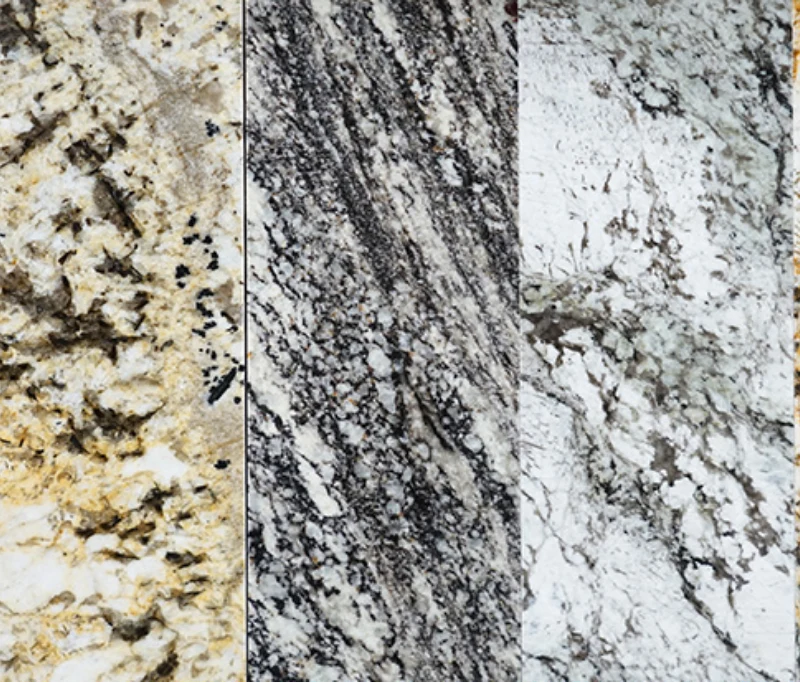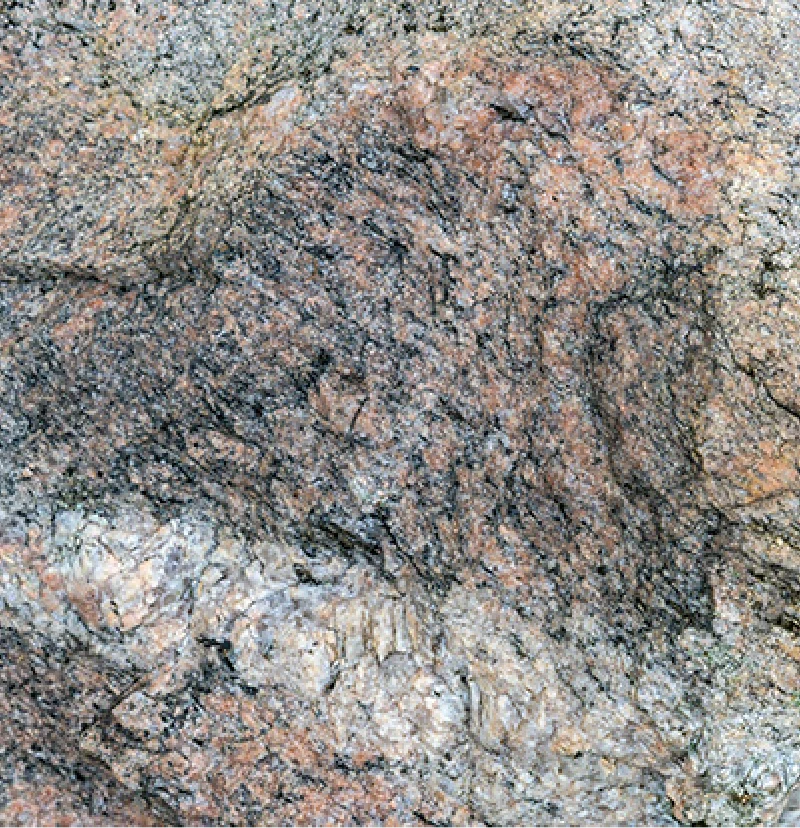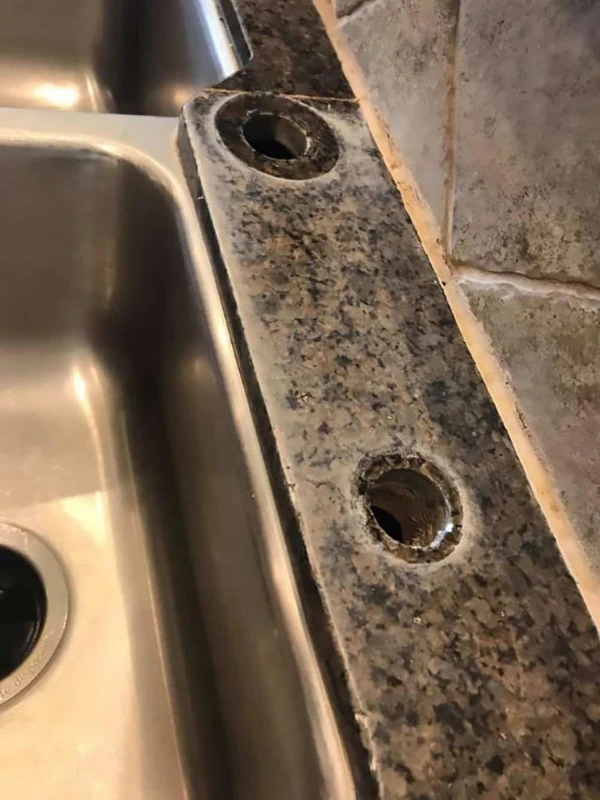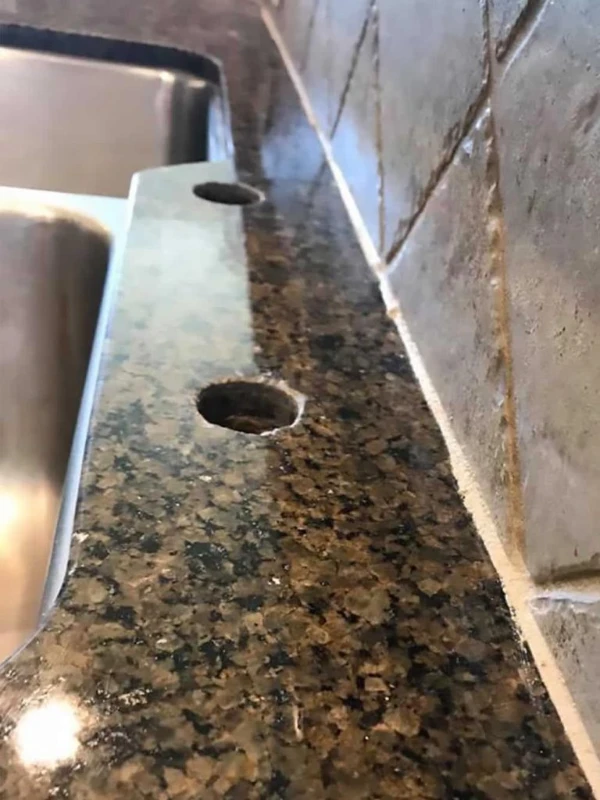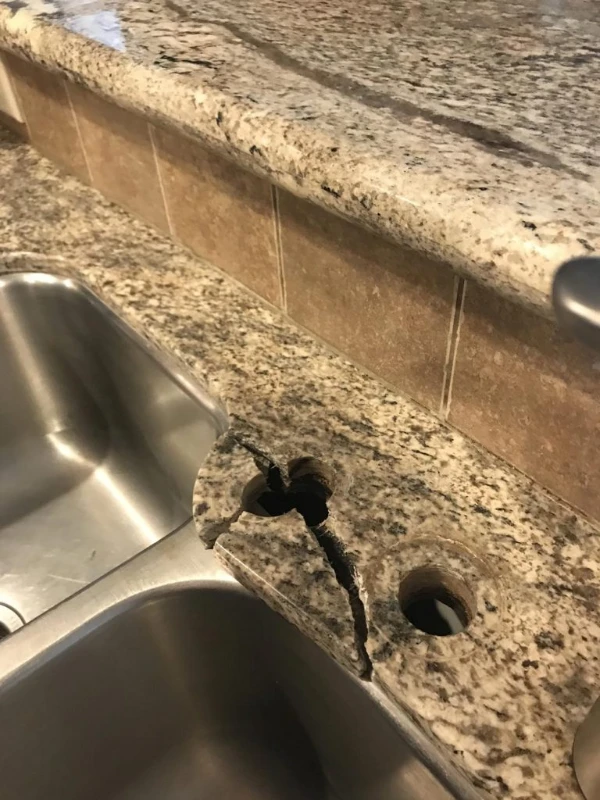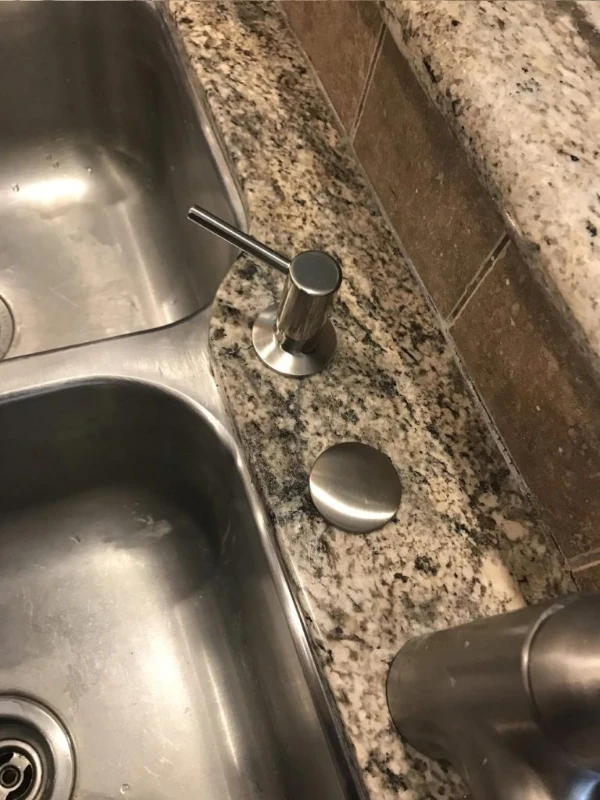What is Granite?
Granite is a form of igneous rock. This means that granite is molded out of magma. Such volcanic rock is famed to be one of the hardest and densest rocks in the world. Due to the extreme heat and pressure applied to the surface, granite came into being.
Some Basic Issues
At Stone Masters of Idaho, we want your granite to look its best. Learn about what makes each stone type unique and what variety will work best for you. By learning about the strengths and weaknesses of each type, you can learn how to avoid common wear and tear issues.
Loss of Shine
This issue is inherited by virtue of the fact that it is a precious stone. Just like any surface, time is a killer when it comes to that “new” look and feel. Stone Masters Of Idaho can polish, restore and seal your granite to ensure a smooth, clean, shiny and deep look in almost any case!
Staining
This is the most common issue in granite. A good sealer combined with an expert installation will help to delay and or prevent most staining for at least a good amount of time. This can happen from simple things such as a Kool-Aid spill, all the way to a spill of ink on a countertop. Stone Masters Of Idaho is prepared in any event big or small to help you tackle these issues!
